Mariia Pukalchik
Center for Computational and Data-Intensive Science and Engineering, Skolkovo Institute of Science and Technology
Object-Based Augmentation Improves Quality of Remote SensingSemantic Segmentation
May 12, 2021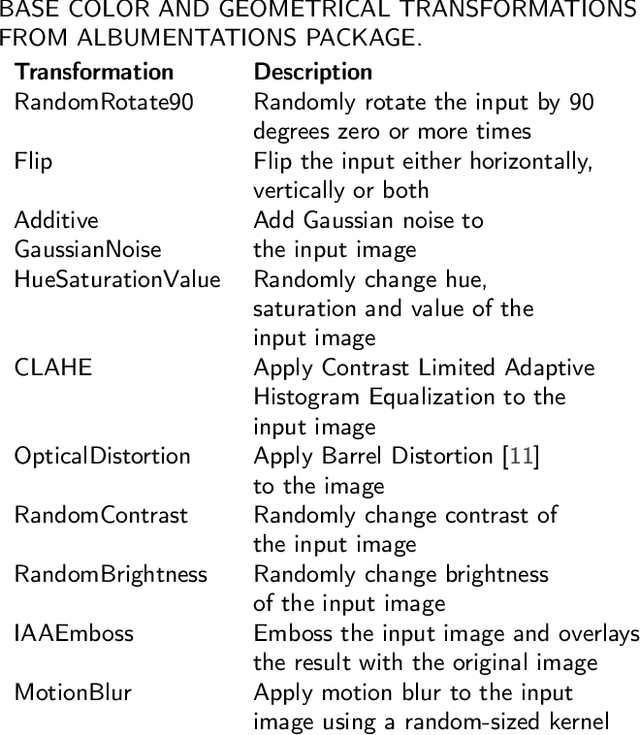
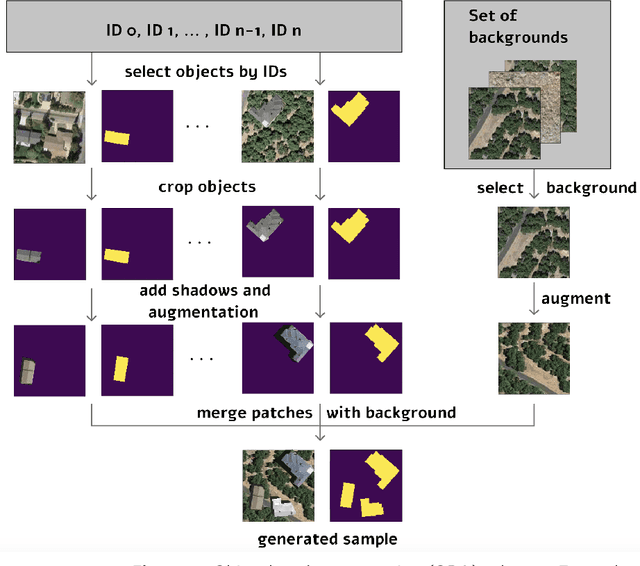
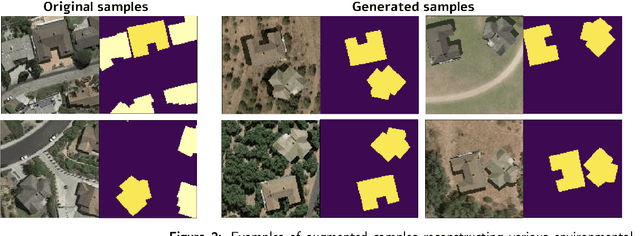

Abstract:Today deep convolutional neural networks (CNNs) push the limits for most computer vision problems, define trends, and set state-of-the-art results. In remote sensing tasks such as object detection and semantic segmentation, CNNs reach the SotA performance. However, for precise performance, CNNs require much high-quality training data. Rare objects and the variability of environmental conditions strongly affect prediction stability and accuracy. To overcome these data restrictions, it is common to consider various approaches including data augmentation techniques. This study focuses on the development and testing of object-based augmentation. The practical usefulness of the developed augmentation technique is shown in the remote sensing domain, being one of the most demanded ineffective augmentation techniques. We propose a novel pipeline for georeferenced image augmentation that enables a significant increase in the number of training samples. The presented pipeline is called object-based augmentation (OBA) and exploits objects' segmentation masks to produce new realistic training scenes using target objects and various label-free backgrounds. We test the approach on the buildings segmentation dataset with six different CNN architectures and show that the proposed method benefits for all the tested models. We also show that further augmentation strategy optimization can improve the results. The proposed method leads to the meaningful improvement of U-Net model predictions from 0.78 to 0.83 F1-score.
Image Augmentation for Multitask Few-Shot Learning: Agricultural Domain Use-Case
Feb 24, 2021
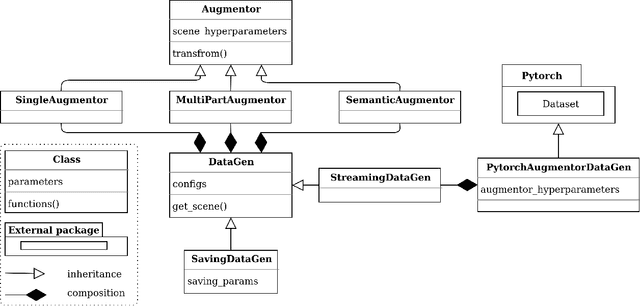

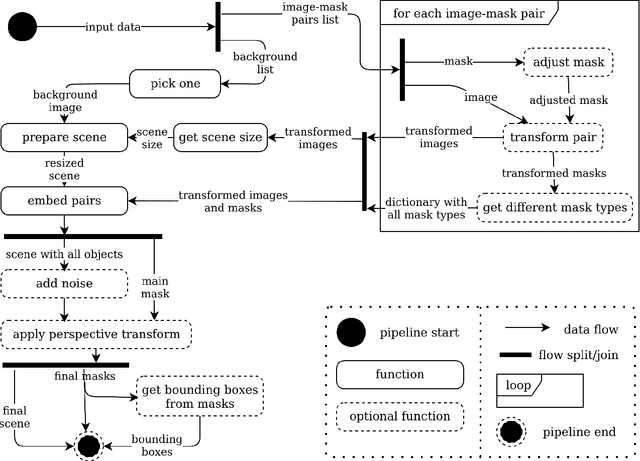
Abstract:Large datasets' availability is catalyzing a rapid expansion of deep learning in general and computer vision in particular. At the same time, in many domains, a sufficient amount of training data is lacking, which may become an obstacle to the practical application of computer vision techniques. This paper challenges small and imbalanced datasets based on the example of a plant phenomics domain. We introduce an image augmentation framework, which enables us to extremely enlarge the number of training samples while providing the data for such tasks as object detection, semantic segmentation, instance segmentation, object counting, image denoising, and classification. We prove that our augmentation method increases model performance when only a few training samples are available. In our experiment, we use the DeepLabV3 model on semantic segmentation tasks with Arabidopsis and Nicotiana tabacum image dataset. The obtained result shows a 9% relative increase in model performance compared to the basic image augmentation techniques.
Hyper-spectral NIR and MIR data and optimal wavebands for detection of apple tree diseases
Apr 24, 2020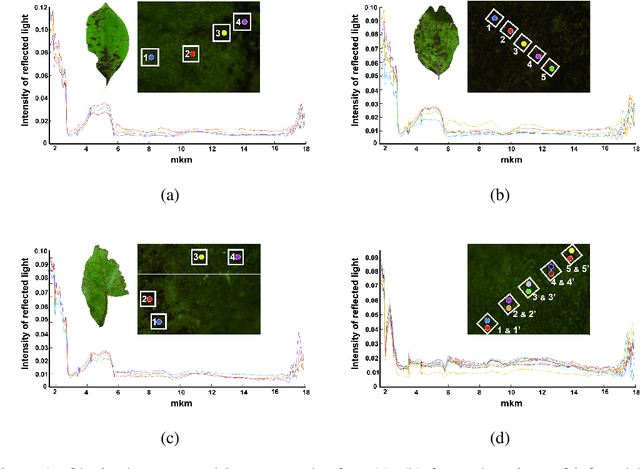

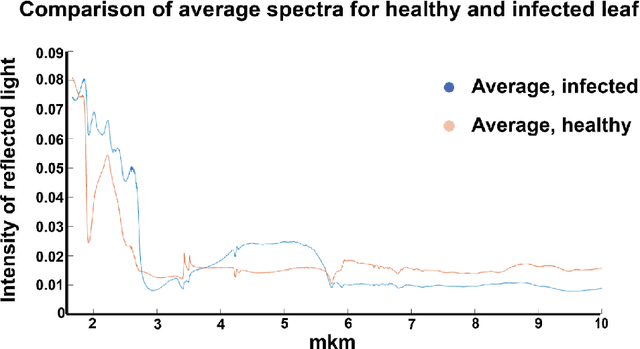
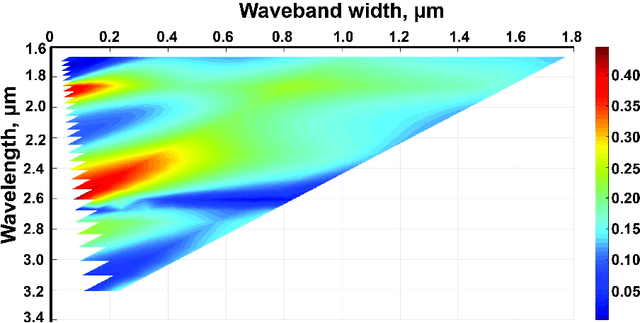
Abstract:Plant diseases can lead to dramatic losses in yield and quality of food, becoming a problem of high priority for farmers. Apple scab, moniliasis, and powdery mildew are the most significant apple tree diseases worldwide and may cause between 50% and 60% in yield losses annually; they are controlled by fungicide use with huge financial and time expenses. This research proposes a modern approach for analyzing the spectral data in Near-Infrared and Mid-Infrared ranges of the apple tree diseases at different stages. Using the obtained spectra, we found optimal spectral bands for detecting particular disease and discriminating it from other diseases and healthy trees. The proposed instrument will provide farmers with accurate, real-time information on different stages of apple tree diseases, enabling more effective timing, and selecting the fungicide application, resulting in better control and increasing yield. The obtained dataset, as well as scripts in Matlab for processing data and finding optimal spectral bands, are available via the link: https://yadi.sk/d/ZqfGaNlYVR3TUA
 Add to Chrome
Add to Chrome Add to Firefox
Add to Firefox Add to Edge
Add to Edge